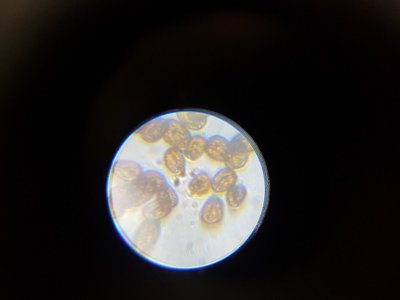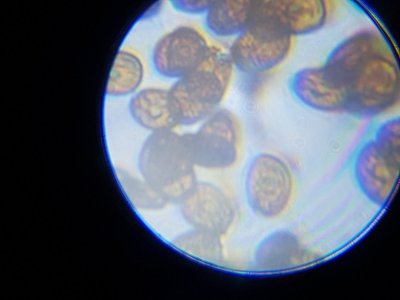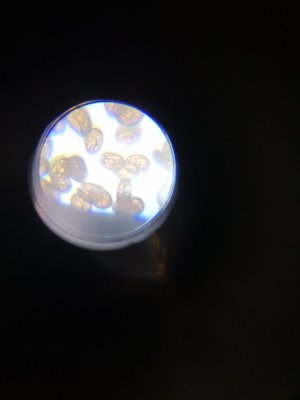I think this is my next course of action. As bad as I hate to remove the sand, I think im going to do it. I'm thinking about putting it in a plastic tub with saltwater/pump/heater and no light for a month while I dose beneficial bacteria to it. Then put my coral qt light over it and see if the dino's return. If I can go a month with no dino's and the light on, then I'll move it back to the display.
just make sure you feed a pinch of food!






















